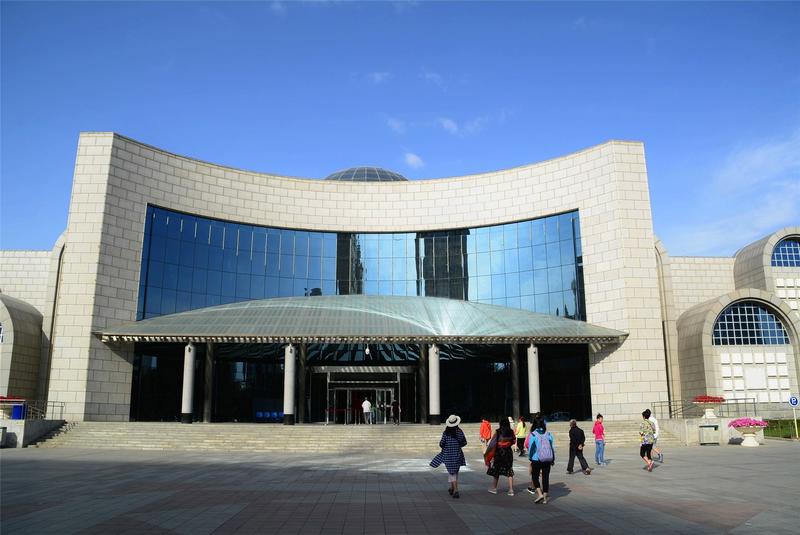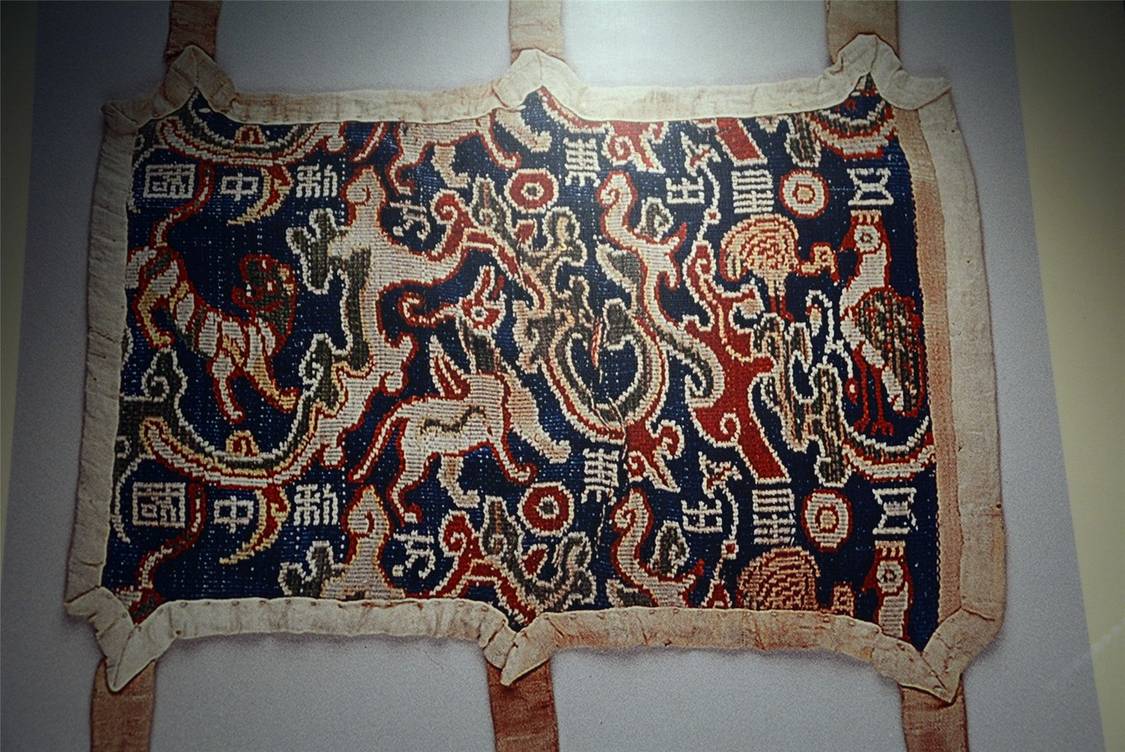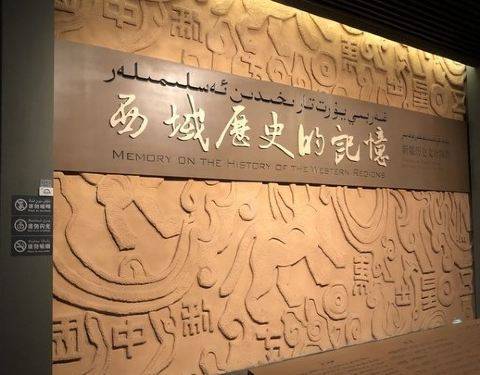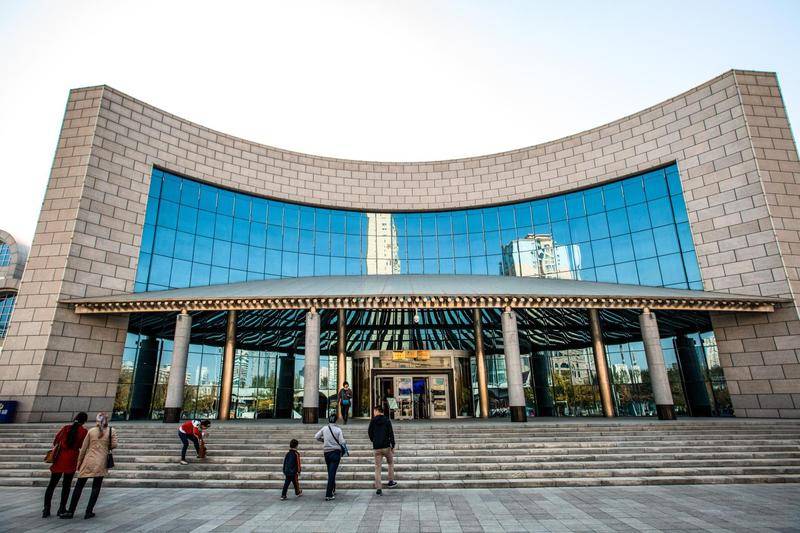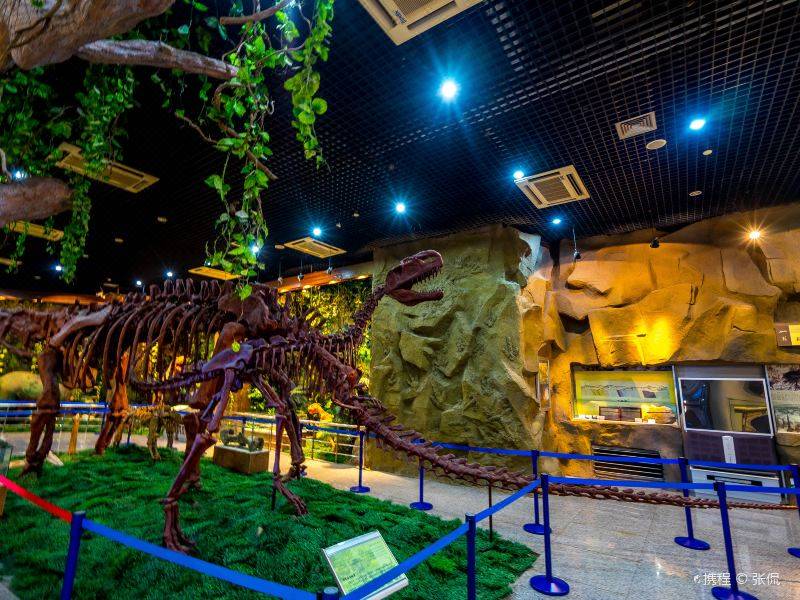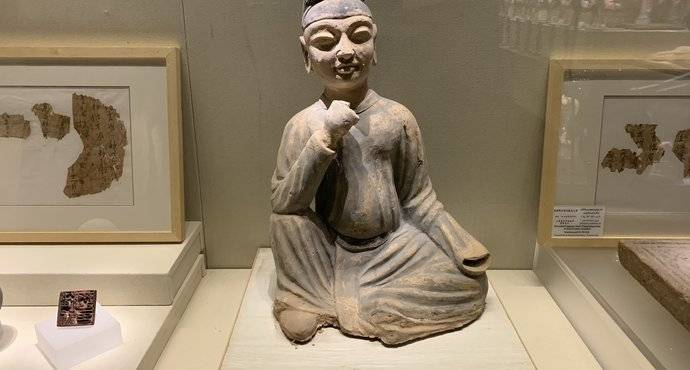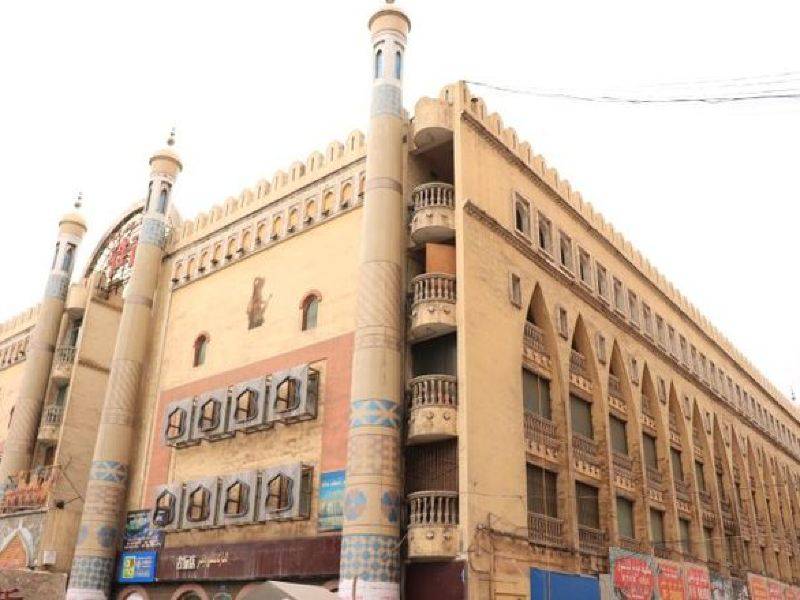The largest institution for the collection and preservation of cultural relics and specimens in the area, with numerous exhibits. The Mummy Hall is famous for housing the Loulan Beauty, the earliest discovered mummy. Other notable mummies in the collection include the only named general in Xinjiang's history, General Zhang Xiong, and two crouching mummies from the Zaghunluq cemetery.
The Silk Road culture is a valuable heritage of humanity, and within Xinjiang, there are numerous precious historical relics left from the ancient Silk Road. The museum is located next to the Erdaoqiao Grand Bazaar and is divided into the Comprehensive Hall, Ethnic Hall, Grassland Art Hall, and Jade Culture Hall, showcasing classic artworks that reflect the culture of the Silk Road.
The Urumqi City Museum exhibits fully reflect the local characteristics of Urumqi and the features of the Confucian Temple. It focuses on the history of Urumqi and its cultural landscapes.
Entering the Xinjiang Geological and Mineral Museum is like opening a treasure trove of Xinjiang's geological resources. It allows people to touch the pulse of the Earth, listen to the stories of the land, and appreciate the splendor of nature. The museum exhibits various precious crystal gemstones in their raw form, many of which are rare treasures.
It is the first provincial-level Hetian jade museum in China approved and registered by the government. The museum has tens of thousands of collections, making it the only Hetian jade historical and cultural exhibition center in Xinjiang and a creative design base for treasures with a global reach.
Xinjiang University Minjie Folk Museum
Xinjiang Minjie Folk Museum is a national 4A-level scenic spot, one of the new top ten attractions in Urumqi, and a window for the world to understand and promote Xinjiang.
